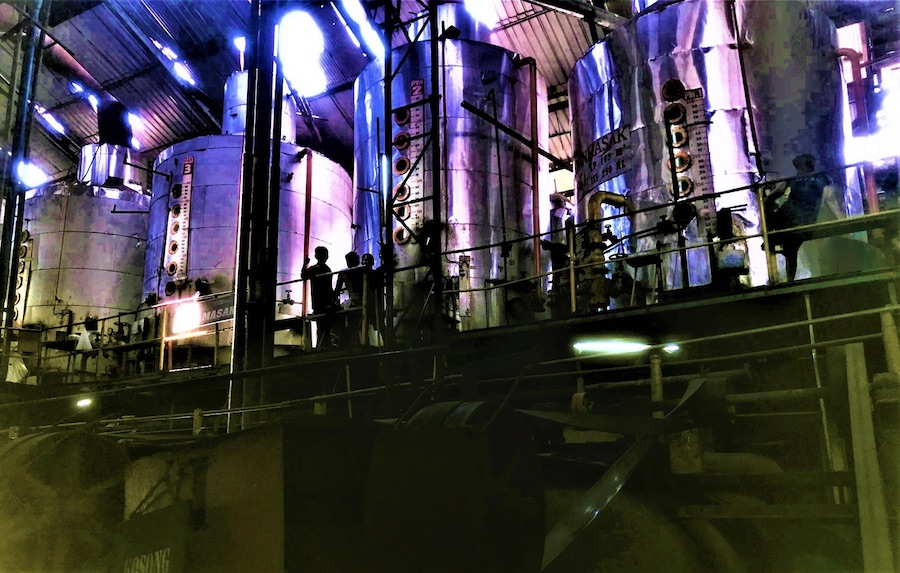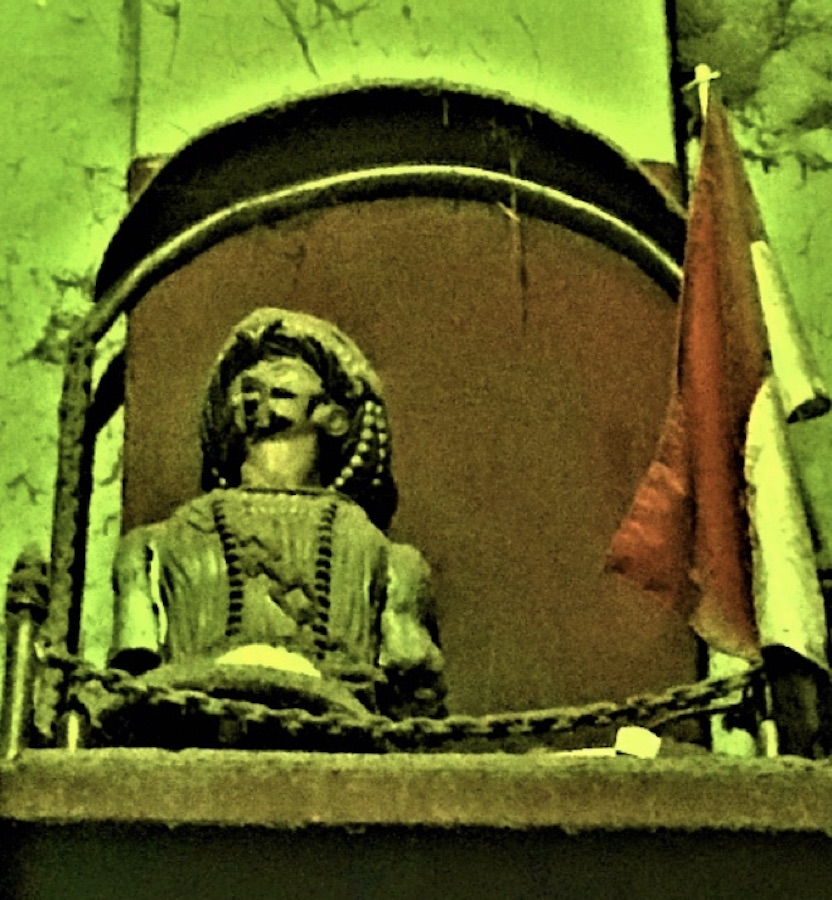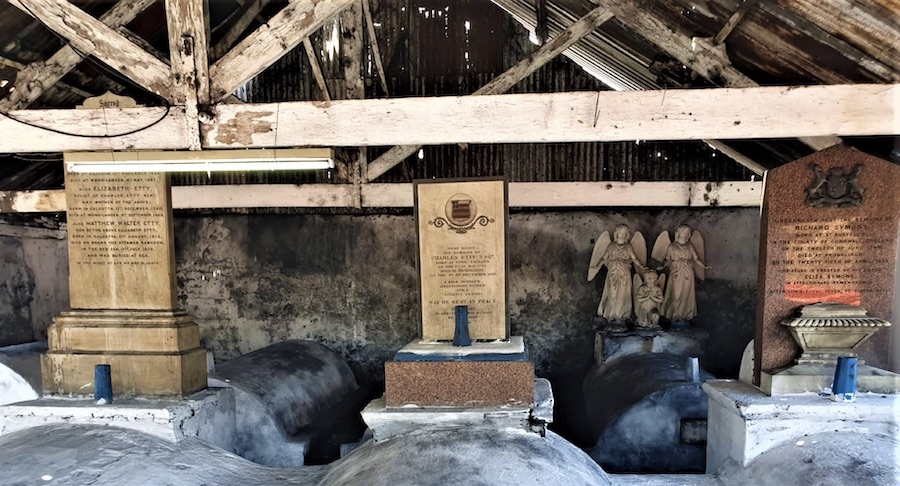IO – Sugar has meant many things to many people. For some it is simply a very enjoyable taste which gives them instant energy, for others it has been used as a medicine, a spice or an instrument of oppression or disease or even a symbol of wealth and power. From the late 19th century till the 1930s Java was a major global producer of sugar and the sugar industry was a vital part of the local economy. Roger Wiseman in his PhD thesis ‘Three Crises: Management in the Colonial Java Sugar Industry 1880s-1930s’ writes that by the late 1920s Java was producing one eighth of the world’s sugar, employing 90.000 permanent workers and nearly two million temporary workers. Unlike the Caribbean, the United States or South American sugar industries, the sugar industries of Java never used slave labour or foreign imported labour. The factories during the colonial period were mainly owned by Europeans but the fields of the sugarcane plantations could only be rented and after each harvest had to be restored and returned to their native owners based on the colonial government’s Agrarian and Sugar Acts. After independence these colonial sugar plantations were mainly nationalized and are now owned mostly by the state owned enterprise, PT Perkebunan Nusantara.

In Probolinggo the most well-known name in the sugar industry and one of its earliest pioneers was a Yorkshireman named Charles Etty. The sugar factory that he set up was called Wonolangen and it still operates today on the outskirts of Probolinggo in the residency of Basuki. During colonial times, it was chosen as one of three sugar factories in East Java that served as model factories for the rest. The reason for this is because during his time in the East Java sugar industry, Charles Etty was a pioneer in the modernization of the sugar industry of East Java. He was the first in Java, to order a vacuum pan for preventing liquid sugar scorching over direct heat in its final stages of transforming into a semi-solid mass. He ordered it from England for Wonolangen, in 1835. With it, he reduced fuel costs while increasing the quality and quantity of his sugar production.

In 1836, Charles was again the first to introduce steam powered evaporators as well as the centrifuge which is a vibrating cylinder used for freeing the sugar crystals from the remaining molasses at the end of the production line. He also brought British technicians to install these new machines.

In 1837, Prince Hendrik of the Netherlands came on a tour of the Netherlands Indies. At the time his grandfather Willem I, was king of the Netherlands. Despite being only 17 years old at the time, he was apparently a very intelligent, clear-sighted and empathetic young man. During his tour, he visited the famous Javanese rebel prince, Diponegoro who after having been deceived by the Dutch was captured when he came to negotiate a peace with them. After Prince Hendrik’s visit to the prison and his talk with Prince Diponegoro, he described Diponegoro’s capture as something that would forever blemish Holland’s honor and that if Java were ever attacked in the future, neither the Javanese nor the rest of the Archipelago would help them. He wrote in his diaries that there would be a reckoning for what the Dutch had done. As the historian and Dionegoro expert, Peter Carey later wrote in his monumental work on Prince Diponegoro, ‘The Power of Prophesy: Prince Dipanagara and the End of an Old Order in Java, 1785-1855’, that reckoning came when on the 8th of March 1942 the Dutch surrendered to the Japanese. It was on the 8th of March 1830 that Diponegoro was dishonourably captured by the Dutch.

On that same visit to the Netherlands Indies, the young prince together with Governor General Dominique Jacques Eerens also visited the Wonolangen sugar factory which the newspapers described as ‘the beautiful sugar factory of Mr Etty’.

Charles Etty was born in the town of York in North Yorkshire, England in 1793. He was the youngest in a family of 11 children. Part of the reason quite a lot of information about Charles Etty is available now, is because his brother William Etty became a quite well-known artist during his time. He was the first significant British painter of nudes and still lifes who in 1828 became a Royal Academician which was then the highest honour for an artist. His work influenced the Pre-Raphaelites and after his death a statue of him was erected in front of the York Art Gallery in York which holds the largest collection of his works. It is because of this brother that we know what Charles Etty looked like because his brother, William made a painting of him.

Charles and William’s grandfather came from humble beginnings. He was a wheelwright who made wheels for horse drawn carriages. Their father Mathew, was born in 1743 and became a miller, baker and confectioner who was famous locally for his gingerbread. He later married Esther Calverly, and had 11 children with her. Mathew had some education and liked to read although his wife was apparently better educated than her husband and had a good mind for business. When they married both their families did not approve, and disowned them. Nevertheless, Mathew appears to have done quite well in life.

At the age of 12 Charles Etty joined the British East India Company as a ship’s boy, and seven years later had become a licensed mariner which gave him the ability and right to navigate a ship. A year later, he went to Calcutta where he obtained a brig named, ‘The Recovery’ and married Elizabeth Leal, a woman of Portuguese Indian descent. From the surviving letters that Charles wrote home, it appears to have been a happy marriage. For five years the couple sailed together on the ship, trading at various ports in the Indian Ocean and several of their children were born onboard.

In 1818 Charles applied for residence in Surabaya, moved his family there and began trading from Surabaya in Asian goods. Later, Charles sold The Recovery and built a new ship however, he kept the figure head of a what appears to be an Indian man and placed it in the factory at Wonolangen where it remains till today in a prominent position over-looking the factory’s machinery. Many of the workers call the figure Umar Said and identify him with Charles Etty, seeing him as a protective guardian figure. In the past, offerings were placed beside the figure during the annual harvest festival when the sugarcane is cut and prepared for sugar production at the factory.
The old sugar cane factory called Wonolangen which is just outside Probolinggo still exists and is still running well, with most of its machines still surviving from the time of Charles Etty. It was his first sugar cane factory and Charles Etty began construction of the factory in 1832. The factory still has his name on it and in front of the factory still stands a great old waringin or banyan tree. Charles Etty’s grave and those of several of his family members, rests in a small shelter beside the factory. His beautiful old home with its Neo-classical 19th century architecture which was built in 1837, is also still standing not far from the factory and is now used as a residence by the general manager of the factory.

Charles Etty appears to have come from a loving and close family. He later, persuaded a nephew who was known as Charles Etty Jr. also to come to Java and join the sugar business. The young man later married Charles Etty’s daughter Ann-Mary Etty and proved also to be successful in Java. Beside Wonolagen, Charles Etty Sr. also had a second factory in the Probolinggo area which he bought in 1837 called Oemboel. It was here that he at first in fact apparently worked and obtained his first experiences in the sugar industry, before buying the right to build Wonolangen. However, that factory no longer exists now.
After the death of Charles Etty in 1856, Wonolangan as well as Oemboel continued to be managed by his descendants and the shares in the factory were also divided amongst them. The factories flourished and this was in large part because of the Forced Cultivation System and government policies which favoured the Dutch. The sugar factories continued to prosper and were passed down to four generations of Charles Etty’s descendants which is quite extraordinary as studies have shown that family companies usually do not even make it to the second generation. Apparently, only about 5% of family companies make it to the fourth generation. For the next three centuries his descendants played a significant role in the sugar industry of East Java. It was only in 1957 that the Indonesian government nationalized all the Etty’s sugar factories and they are now managed under state owned enterprise, PT Perkebunan Nusantara.

During Charles life in East Java, he missed Yorkshire very much as well as his family there, and often wrote home expressing this longing for them. For many years he remained very homesick for Yorkshire but it took nearly 32 years before he was able to return to Yorkshire for a visit. It must have been a very emotional meeting. He also returned a very rich man and set about helping members of his family. Charles stayed for several months before returning to Probolinggo again.
When he returned home the whole family was there to greet him at the station in Probolinggo. They travelled first to the Oemboel factory and then 3 kilometres to the factory and their home in Wonolangen. The whole village turned out for him. The roads were lined with flags and guns were fired in salute. Everythng was running well and he was happy to be back in the bosom of the family he loved He took delight in again having his pet rooster eat out of his hand and in his sweet water goose and doves welcoming him back. Charles Etty finally seems to have accepted that Probolinggo had become his true home. (Kia Mahdi and Tamalia Alisjahbana)

If you enjoyed this article you may like to read more about The sugar world of East Java by the same writer in:
Part I: https://observerid.com/the-old-sugar-world-of-east-java-part-i-the-town-of-probolinggo/

